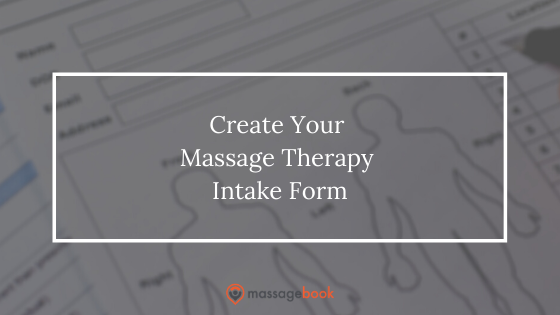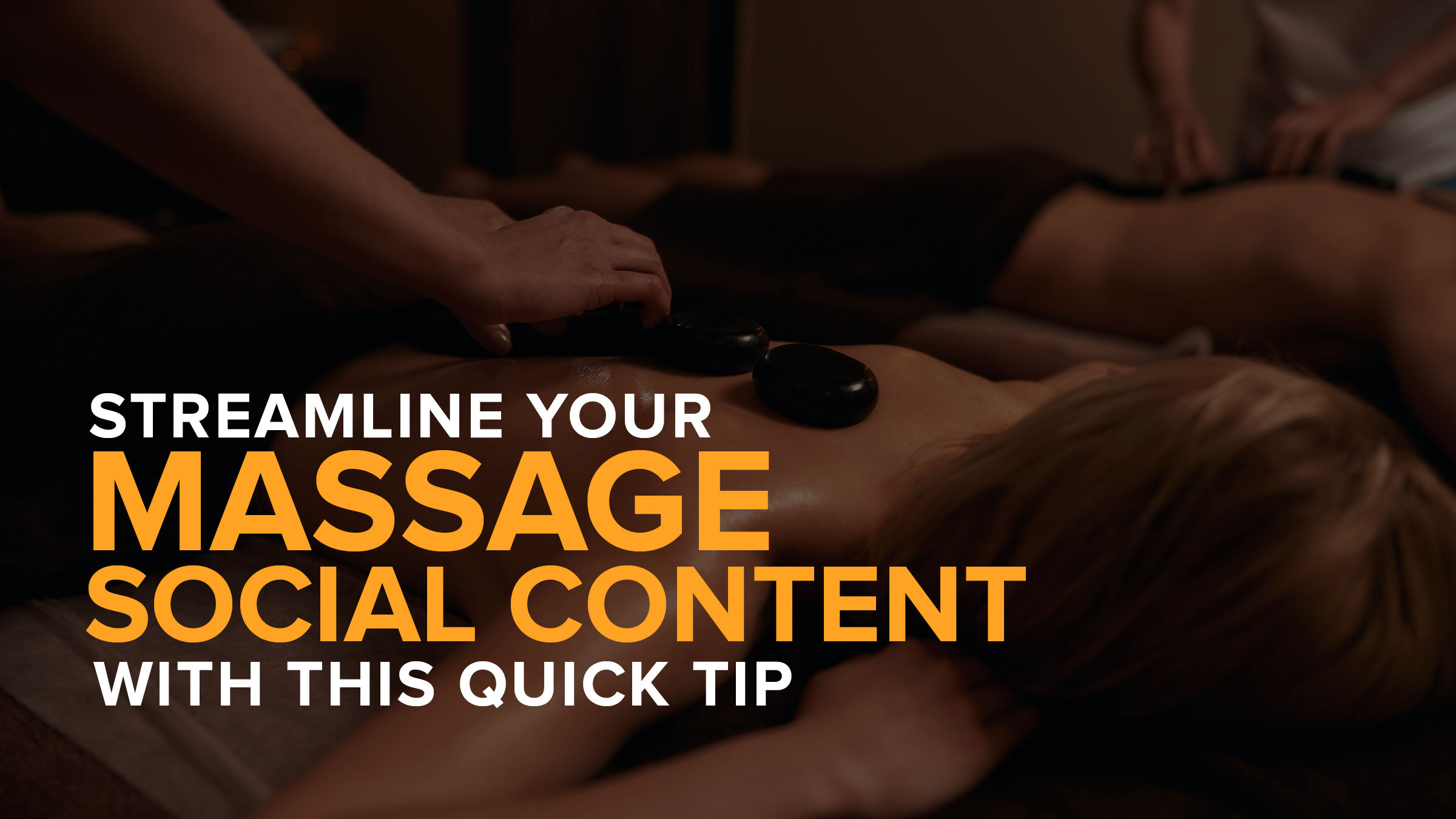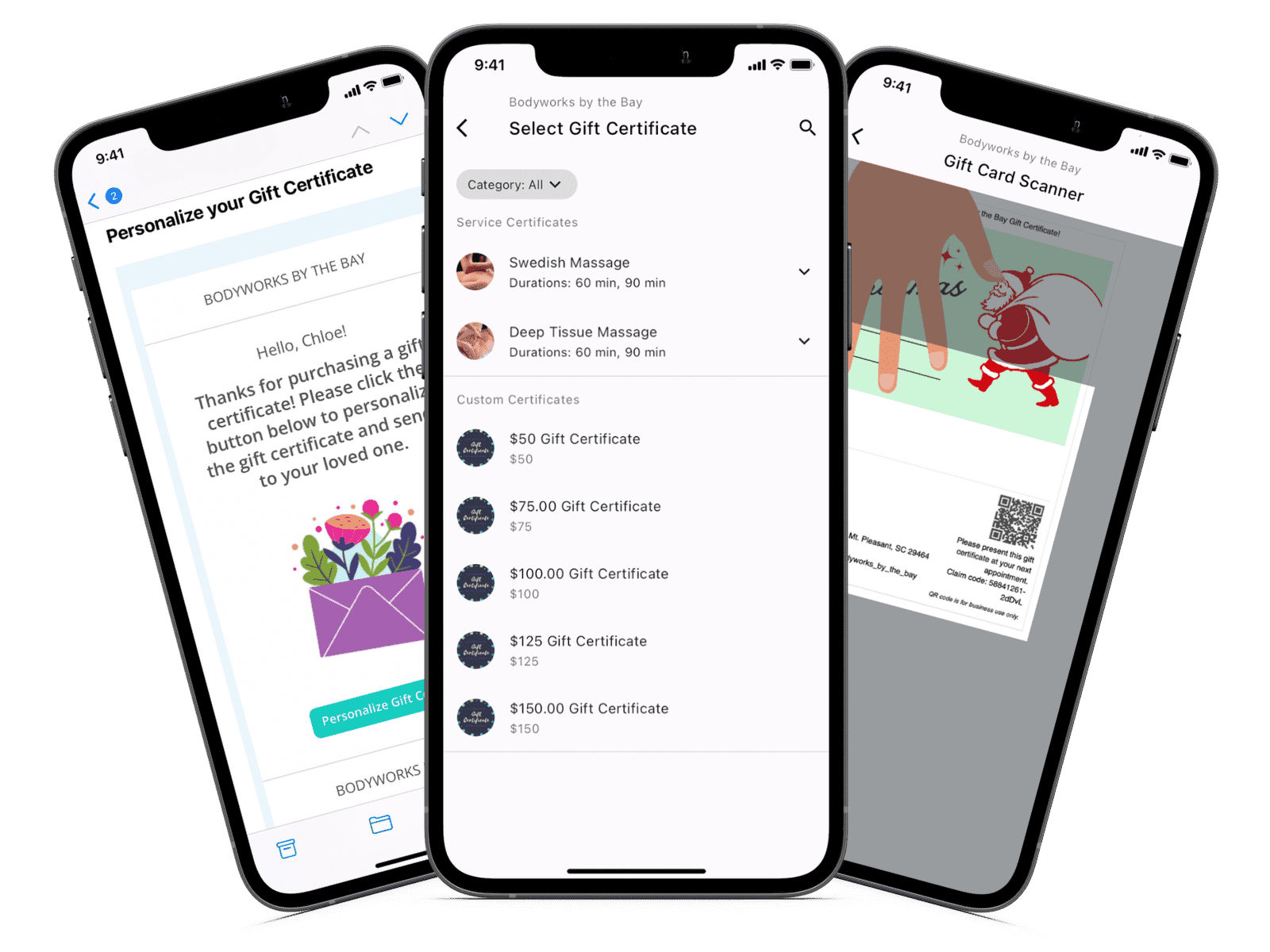Create Your Massage Therapy Intake Form After Reading This
- Amber Ludeman
- August 25, 2020
- - Marketing

As massage therapists, it’s difficult to overstate the importance of intake forms. But how many of us are guilty of reviewing once, filing them away, and never looking at them again? This defeats the purpose of the form, which functions as the primary way (aside from conversation and informal interview questions) that we assess progress.
Therefore, it makes more sense that massage therapy intake forms should not only be easily accessible to therapists from anywhere, but also easily completed by clients.
But first, let’s review what should be on a massage therapy intake form. Here’s an extensive list of things that you may want to include:
-
Contact information
-
How the client prefers to be contacted
-
Emergency contact information
-
Age or relevant demographic information
-
Current primary care physician & contact info
-
Current physical therapist or chiropractor & contact info
-
Major surgeries or hospital visits
-
Previous injuries
-
Current medical conditions
-
Current medications
-
Additional recommended treatments (aside from medication)
-
Stress level:
-
Difficulty sleeping?
-
Difficulty focusing?
-
Difficulty breathing?
- Experience with massage therapy
- “Ever had a professional massage before?”
- Physical assessment:
-
Difficulty standing or sitting?
-
Difficulty laying on side?
-
Difficulty laying on back or stomach?
-
Skin sensitivity or allergies?
- Any pain or discomfort?
-
Location(s) of pain or discomfort
-
Description of pain or discomfort (stabbing, burning, aching)
-
Particular injury or action when pain began
-
What do you hope to accomplish with this massage?
-
How did you hear about this practice?
-
Referral name (physician or client)
Picture this: Your client is running late to his massage therapy appointment only to get there and have to further delay his relaxation by 10 minutes because of an extensive intake form. You’re worried about the schedule, so you file the form away, administer the massage service, and forget to review the answers later. Maybe you pick it back up or maybe you don’t.
Now picture this: Your client was sent a reminder email linking him to a secure online intake form the day before his session. He’s able to fill out the required information on his own time and walk in for his appointment with you prepared and ready to go.
You have the secure digital intake form linked to his client record and can pull it up at any time on your computer, tablet or phone. This helps you stay updated on any allergies, issues, or other contraindications and strengthens your client’s trust in you as a professional.
The second scenario is much improved for both of you, right? That’s why we’ve developed our five rules for massage therapy intake forms. Let’s review them below:
1. Go Digital
Intake forms used to be primarily on paper, but now that can feel antiquated. You can create digital massage therapy intake forms that are intuitive so that people can fill out the pages accurately and quickly. You can have this on an iPad at your practice or email it prior to the appointment. (Note: we love emailing intake forms ahead of time so that clients can take all the time they need to complete them when it’s convenient.)
Digital also takes the burden off of you to keep up with paper. You can simply use a software like MassageBook to file the paperwork with the client’s SOAP notes so that you can easily access your treatment plan and assess progress.
In addition to looking professional and streamlining your process, digital forms allow for contact-less entry into your practice, thus removing another barrier between your clients and your sorely-needed services.
2. Keep it Succinct When Possible
On one hand, you want intake forms to be as thorough as possible so that you can get the best, up-to-date information. On the other hand, you don’t want them to take so much time that people are put off by having to fill them out or get annoyed and rush through.
There is a delicate balance to strike!
So how much is too much? A great rule of thumb is try not to make them repeat information. When creating your intake form, think about the information you already have and know — like the client’s contact information or pre-existing injuries — and focus on the status of new injuries, medications, or symptoms.
3. Customize
If you’re just downloading an intake form off the internet, you’re probably not able to customize it to fit your business’s needs. Perhaps you provide services that need some more in-depth information beforehand, or you want to show a little personality with your forms.
Remember, your intake forms are often the first thing people see after booking an appointment, and that means that you have an opportunity to engage them. Let them know that you care and are a professional business owner.
Similarly, you might consider customizing the waiver part of your form. Yes, many people still read these!
4. Automate
As we mentioned, automation is key. With MassageBook, you’re able to automate sending intake forms with electronic delivery when a client books an appointment. The day before a client’s visit, they’ll be emailed a request to complete an intake form, along with an appointment reminder email. This makes it easy for you to collect a client’s most accurate, timely health information.
And it’s not just for your new clients — you can even ask existing clients to update their forms prior to each visit! You’ll love how these friendly intake form reminders do the work for you.
5. Get Smart
We are all guilty of forgetting something important, but forgetting to read over intake forms isn’t something anyone wants. With MassageBook’s smart intake forms, our software will automatically notify you if a client checks off a contraindication or adds a new medication that could interfere with your treatment plan.
This means that you stay more informed and your clients stay protected from any potentially negative outcomes.
In addition to these rules, we now have to deal with the effects of COVID-19 on a daily basis. We recommend adding a few wellness questions and a precautionary statement about COVID-19 to your intake form to help you pre-screen your clients for symptoms. This will also give your clients peace of mind knowing that you’re putting everyone’s health and safety first. MassageBook’s intake form is COVID-19 ready, but here are a few examples to consider:
-
Have you or anyone in your household been exposed to a person who was confirmed positive for COVID-19 or the flu?
-
Have you or anyone in your household experienced cough, shortness of breath, or fever? Any flu-like symptoms?
-
I understand that social distancing is not possible during my massage.
-
In the event I contract COVID-19, I will contact my therapist as soon as possible.
Now that you have all the information on what massage therapy intake forms should cover, it’s time to step into the benefits of going digital with MassageBook.
Create your free MassageBook account now.
Got questions? Contact us at MassageBook and we’ll help you get started!
Email us at support@massagebook.com or call us at 843-352-2026.
- Author: Amber Ludeman
- Published: August 25, 2020
Grow and simplify your practice!
Related Posts
Recent Blog Posts
Categories
Categories Index ( 21 )
- Friday focus (9)
- Massage therapists (42)
- Massage therapy benefits (7)
- Marketing (157)
- Massagebook features (12)
- Healthy living (12)
- Press (2)
- Practice management (55)
- From our ceo (3)
- Software releases (23)
- Education (5)
- People focus (3)
- Types of therapy (1)
- Uncategorized (1)
- Massagebook (36)
- Massage therapy (4)
- Massage practice (1)
- Massagebook (1)
- Fun (1)
- Guest blog (1)
- Resources (2)







